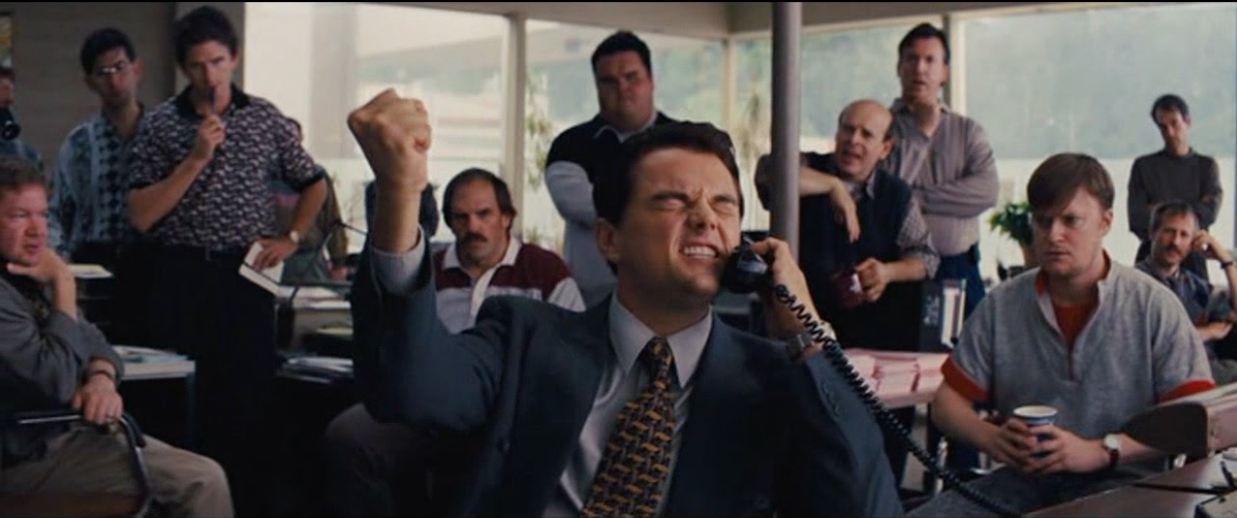When a caller contacts your business the customer service they experience will undoubtedly affect the likelihood of them using your services in the future.
Need some rock-solid proof?
Take a look at this: The Customer Experience Leaders in the Customer Experience Index at Forrester Research are the top ten rated public companies. At the end of the period between 2007 and 2013, the S&P 500 Index was up 14.5%. The performance of equity-weighted, annually readjusted stock portfolios of the Customer Experience Leaders was up 43%. The performance of the Customer Experience Laggards—the bottom ten rated public companies—was down 33.9%
What does that mean in plain English?
The stock price of a public company literally falls when customers are disappointed with their experience with that company. The stock price of a public company rises when customers are delighted with their experience.
A customer’s experience is made up of every interaction your company has with them: face to face, via email, and, of course, on the phone. If a caller experiences long wait periods on hold listening to bland music or—shudder—silence, isn’t directed to the right department, or isn’t given the information they need quickly, then they have not had a good customer experience.
On hold messages offer a hassle-free avenue to enhance your callers’ experiences. They provide the opportunity to use the time a caller is on hold for productive and entertaining purposes with fun marketing messages. They ensure your caller knows exactly what menu options to choose or how best to reach you if you’re currently unavailable. They can even be used to provide answers to commonly asked questions. All of this genuinely enriches the customer’s experience and leaves them with a positive impression of your company.
Imagine this hypothetical example:
1) Tom Johnson calls your company (let’s say a financial firm) and is greeted by a polished welcome message which includes a run-down of an upcoming seminar he didn’t know about but would be delighted to attend.
2) He then hears clear, concise menu options and knows exactly what number to press if he wants to make a consultation appointment. (It’s option 4, for the record.)
3) He then speaks with a member of the consultation team who books his appointment without a fuss.
4) Now Tom wants to enquire about that amazing seminar he heard about, so the team member transfers him to the staff member organising the seminar.
5) While on hold, Tom hears an attention-grabbing on hold message that reminds him that the end of financial year is fast approaching and another message about life insurance—a service he didn’t know Finance “R” Us offers—before the phone is picked up again without him even realising he was waiting.
6) Tom hears about and registers for the seminar, puts down the phone and spends a good long while smiling about how successful a call that was.
Every phone call offers the opportunity to provide a positive or negative customer experience. And every customer experience offers the opportunity to enhance or detract from the reputation of your company.
So, the real question you should be asking is: how good are your on hold messages?

